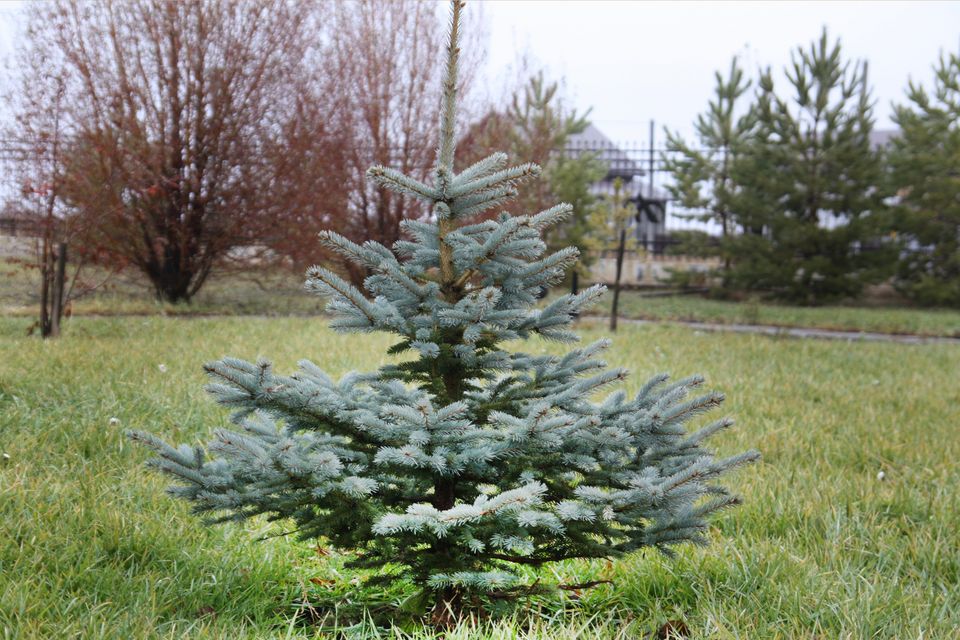If you spend any time in a garden right now, you’ll see bees and butterflies flitting between the various plants and flowers. They’re engaged in all sorts of activities, ranging from making honey to pollinating flowers as they search for nectar.
By doing this, bees and other small animals not only keep our landscapes beautiful, they also help us to grow foods such as tomatoes, blueberries and more. But alongside these activities, they contribute so much more to keeping our planet healthy and food plentiful.
However, our relationship with insects is often misunderstood, driven by an ignorance about their vital contributions to maintaining a balanced environment.
Insects are integral to the cycle of life, and if we continue to play havoc with their ecosystems, it will have a huge impact on planet eating and the potential for our survival.
So what are some of the activities which they perform? Dispersing seeds is a vital part of the plant life cycle. For a plant to survive, it must procreate, and the most common way to do this is to set seed.
These seeds need to be dispersed. Some of this is done by the wind and some seeds are eaten and expelled by birds and mammals, but many insects also play important roles.
Ants are known to carry the seeds of more than 10,000 plant species, dropping some along their way, where they germinate in new areas.
Insects are vital food for many birds, who eat around 500 tonnes of these tiny but nutritious creatures each year.
And many fish, reptiles, amphibians and mammals also eat bugs, as do an increasing amount of people.
Insects have a reputation for attacking crops but many more act as protective patrols for those feed stuffs. Bugs like ground beetles help trim weeds or take out pests that might otherwise inflict damage on each season’s harvest.
And all gardeners know that ladybirds help to keep the aphid populations down. In fact, bugs are so efficient at keeping destructive insect populations in check that the same service would come with a bill of billions of euro worldwide if we had to do it.
And yet they’re disappearing at a remarkable rate. When I was growing up, if the family took a car journey for any distance, regular stops would have to be made to clear the splattered windscreen. Insect bodies and blood were everywhere. Petrol stations offered the service of sponging down your front window. The amount of insects we have is so depleted that we arrive at our destination today with perfect vision.
Whenever I’m asked gardening questions on radio phone-ins, through Instagram or in the pages of this newspaper, most of those involve looking for advice on how to kill bugs. We feel we have a right to grow perfect specimens of anything we wish, whether they be lovely flowers, hosta leaves without bits chomped out or perfect fruit.
So it’s for these reasons that I was delighted to help The Hunt Museum in Limerick city launch ‘Creepy Crawlies: Love/Hate’. It’s packed with displays, workshops and interactive models of these magnificent creatures, which are so vital but are so often forgotten. It points out that insects were so fascinating to previous generations that they often appeared in decorative form on household objects.
Select pieces from the Hunt Collection that prominently feature insects are on display. These artefacts highlight the historical and artistic significance of insects, showcasing their influence in various cultures and time periods.
Through these curated pieces, visitors will gain a deeper appreciation of how insects have been represented and revered in art and history.
It runs from now until November 21, and aims to engage, educate, and inspire visitors of all ages through the fascinating world of bugs and their crucial roles in our biodiversity and daily lives.
Read more
Plant of the week
White lily
Zantedeschia aethiopica The white arum lily has pure white, funnel-shaped flowers with a central yellow spadix and tropical-looking, large, arrow-shaped leaves. It’s a plant that can provide drama and architectural structure. It likes moist ground so does really well in boggy land or by the edge of a pond, in full sun or partial shade. A south African native, it’s evergreen in milder areas but deciduous otherwise and will benefit from a good mulch in autumn to protect it over winter.
Reader Q&A
I bought a silver spruce nearly two years ago. There was a little browning on lower branches and needle drop. I put it in a very large pot but the situation got worse. I planted it into the ground a few months ago. As it has grown, the needle drop has continued and the branches look as if they are dead. What can I do?
Olive
Silver Spruce
Silver spruce, or Picea pungens, is a nice-looking silvery conifer with blue-grey needles. The needle drop is a sign of stress, a response to its environment. This can be root restriction or lack of water so it was a good idea to plant into the ground where it can stretch its roots and access as much water as necessary. You can prune out any dead branches and give it time to settle into its new home, where it will most likely flourish.
Submit your gardening questions to Diarmuid via his Instagram @diarmuidgavin using the hashtag #weekendgarden

